Section 240 of the New York Labor Law is often referred to as the “Scaffold Law” because it protects construction workers who work at heights and are at risk of
- All
- Bicycle Accidents
- Boating Accidents
- Bus Accident
- Business
- Car Accident
- Child Injuries
- Construction Accident
- Construction Accidents
- Defective Products
- Design
- Dog Bites
- Drunk Driving
- Elevator and Escalator Accidents
- Medical Malpractice
- Motorcycle Accidents
- Municipal Liability
- Pedestrian Accidents
- Personal Injury
- Premise Liability
- Real life
- Science
- Spinal Cord Injuries
- subway and train accidents
- Taxi cab accidents
- Tech
- Uncategorized
- Wrongful Death
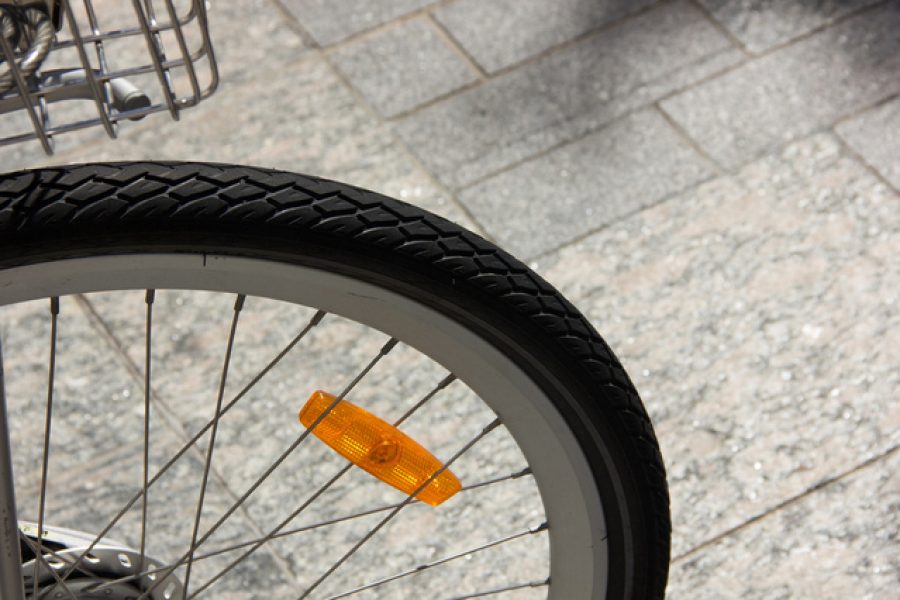
Plaintiffs sometimes must file a lawsuit before they have all of the information they need to prove their case. The defendant may hold information necessary to prove liability. The plaintiff

Res ipsa loquitur is a legal doctrine that holds that a defendant may be presumed negligent if it had exclusive control of the instrumentality of the injury, if the incident

Generally, property owners are not liable for unforeseeable and unexpected assaults on their premises. They may, however, have a duty if the risk of harm is foreseeable. Additionally, while landowners

Landlords have a duty to maintain their property in a reasonably safe condition. A landlord may be liable for injuries resulting from its failure to maintain the property in a reasonably

Sometimes pedestrians cross the street outside the crosswalk. Fortunately for accident victims, crossing outside the crosswalk does not necessarily preclude them from compensation from at-fault parties. In New York, a driver
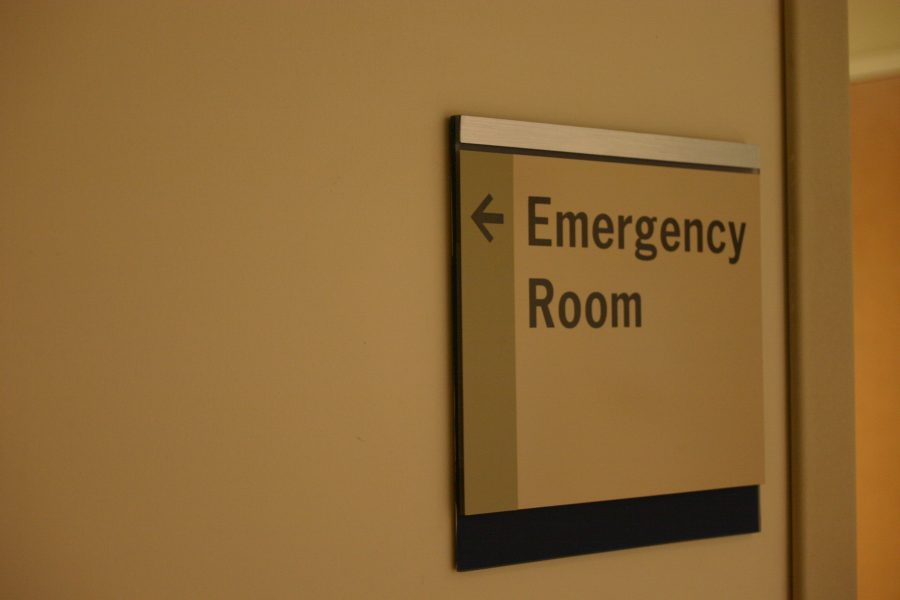
A New York automobile accident victim may only bring a negligence case against the other party if the victim suffered at least $50,000 in basic economic loss or a serious

It is often said that New York law allows dogs one free bite. It is more accurate to state, however, that an owner will be liable for injuries caused by
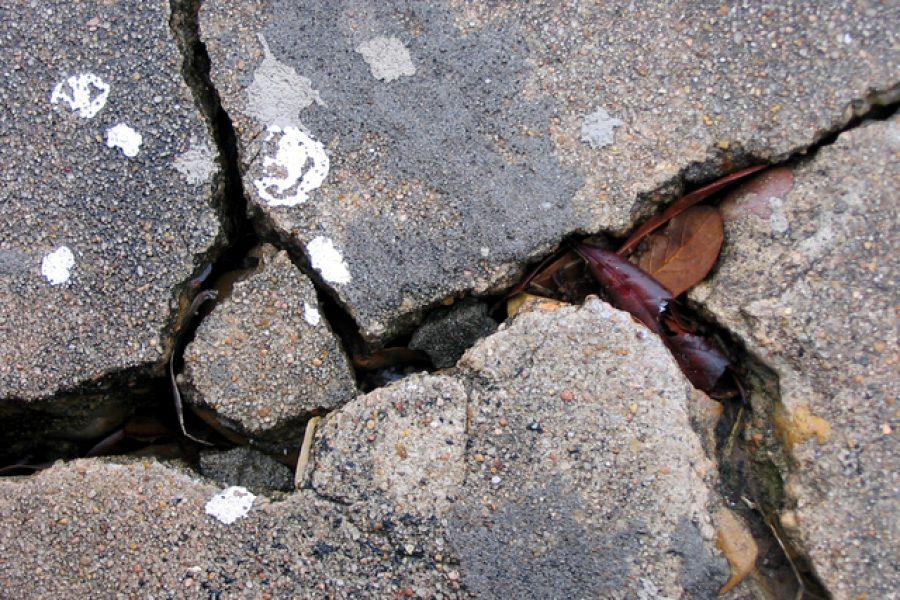
Defendants in New York personal injury cases often attempt to prevent a case from going to trial by moving for summary judgment. To succeed in a motion for summary judgment, the

New York Labor Law protects construction workers and places liability on owners and contractors under certain circumstances. Plaintiffs injured in a construction accident often bring claims under multiple sections of
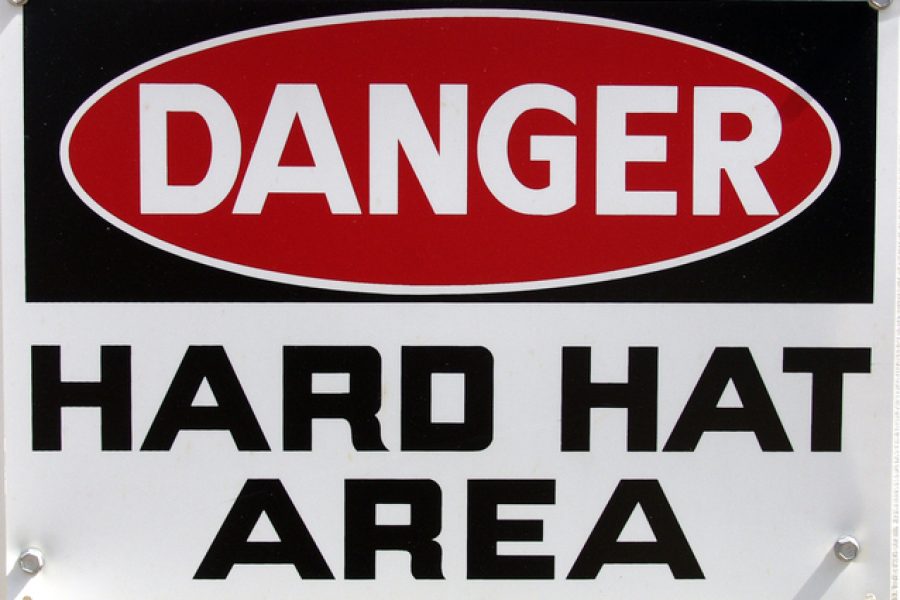
In construction accident cases, the defendants are often in possession of information the plaintiff may need to prove his or her case. In New York litigation, there is to be
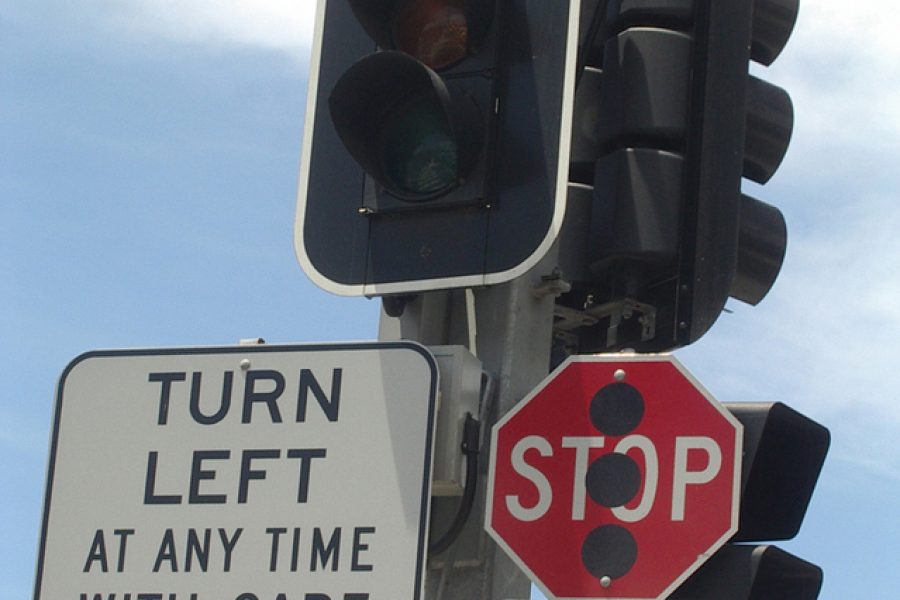
It can be difficult for a plaintiff in a New York automobile accident to succeed in a personal injury case when the defendant had the right of way, but it
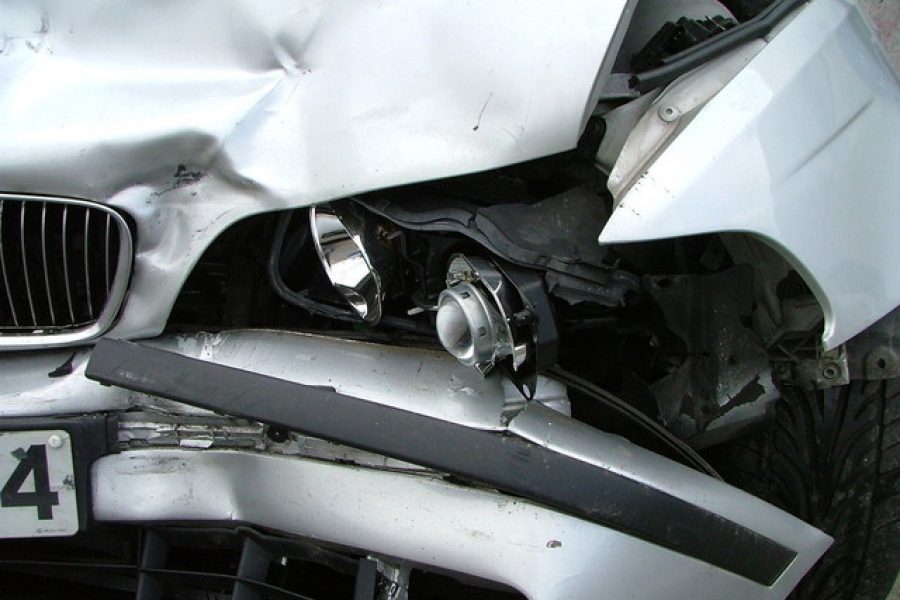
Liability is often difficult to determine in accidents involving multiple cars. In some cases, however, liability can be fairly straightforward. In New York, a rear collision with a stopped vehicle

New York in winter can be dangerous for pedestrians. Although property owners in many New York cities have a duty to clear sidewalks abutting their property, New York law does

Workers’ compensation is generally the exclusive remedy of an employee against his or her employer for injuries incurred in the course and scope of employment. In New York, this protection

New York Labor Law § 240(1) requires contractors and owners to provide certain safety devices, including scaffolding, hoists, and ladders, for the protection of the workers. In the recent case
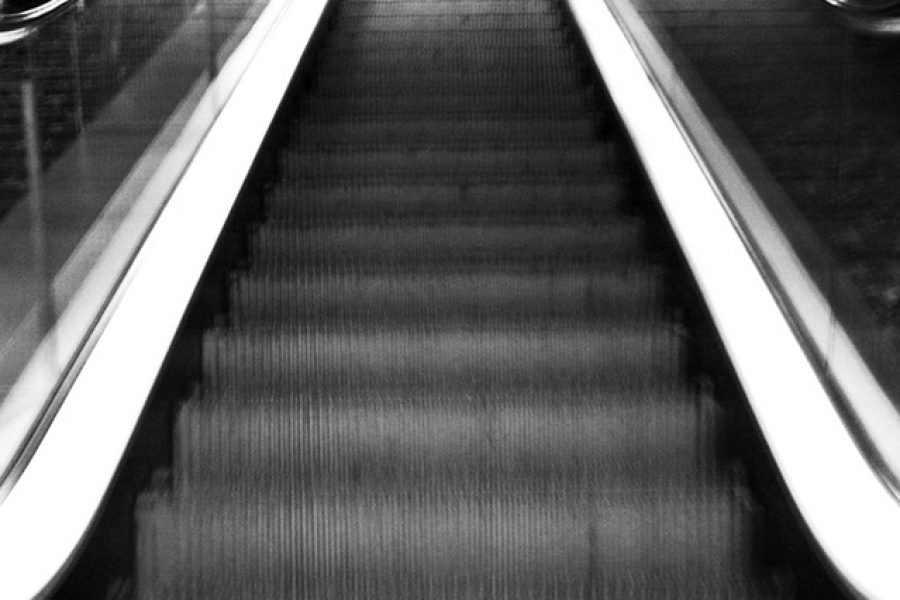
It is common in personal injury cases for defendants to try to avoid liability by pointing fingers at each other. In premises liability cases, there are often vendors that are contractually

The New York Labor Law provides protections to construction workers and places specific obligations on owners and contractors. Labor Law § 240 requires contractors and owners to provide appropriate equipment to
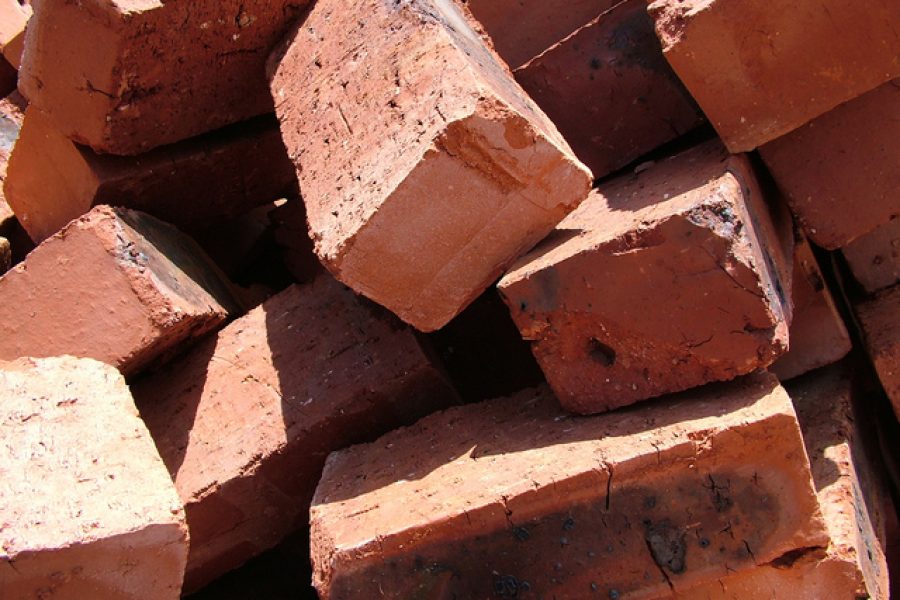
Accidents at construction sites often involve construction workers, but sometimes a person who is not involved in the construction work is injured at a construction site. Since it is not always
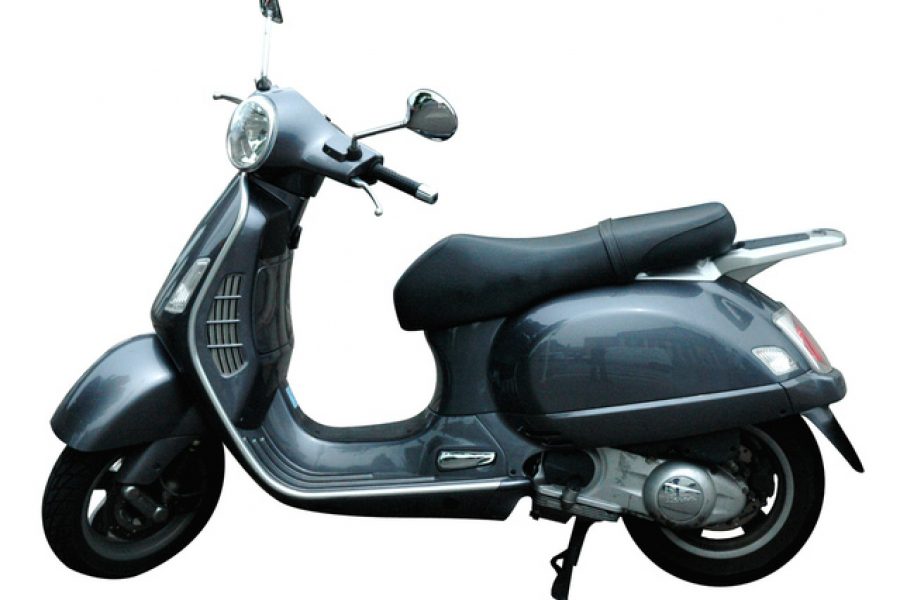
Under New York law, plaintiffs in personal injury cases arising from automobile accidents must show they suffered either a “basic economic loss” greater than $50,000 or a “serious injury” that





